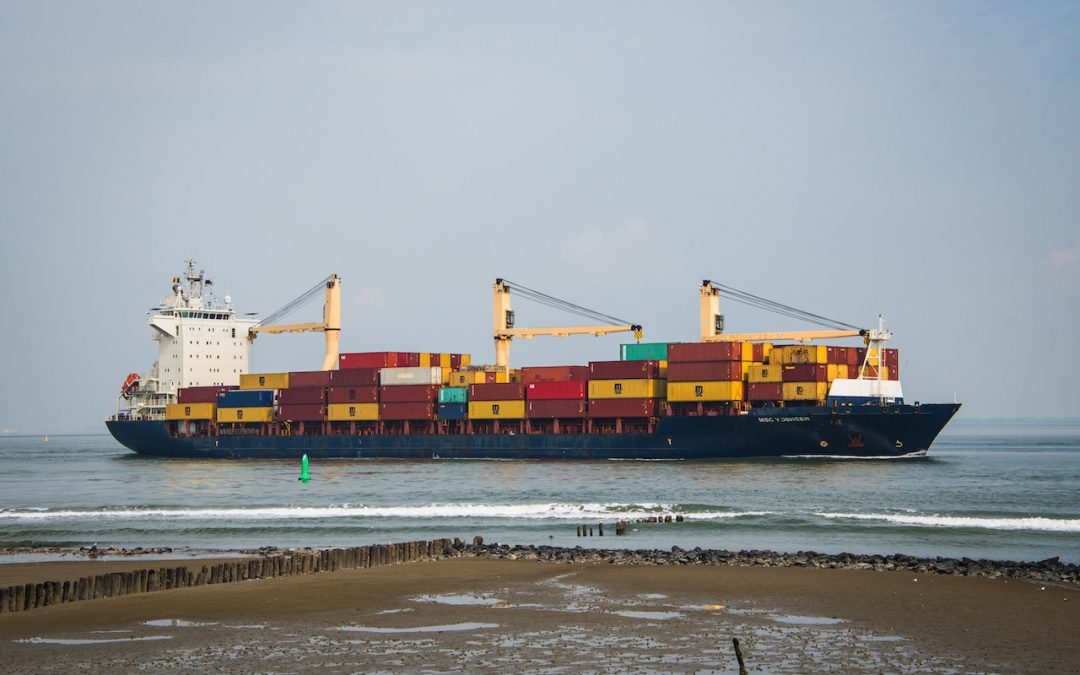Cuando piensa en envíos y logística, probablemente se esté imaginando todo en GRANDE. Camiones, grúas, almacenes, puertos, pilas de contenedores… todo es enorme.
Pero ¿qué pasa con la carga que se encuentra en el extremo más pequeño de la escala? ¿Aún puedes utilizar una empresa de transporte si envías un envío pequeño?
En este blog, veremos los envíos mínimos y cómo enviarlos.
¿Qué tan pequeño es lo pequeño?
Es una buena pregunta. ¿Para qué tipo de carga utiliza un agente de carga?
Bueno, la respuesta simple es absolutamente cualquier cosa. En Millennium Cargo hemos movido cosas tan pequeñas como una caja de cerillas y tan grandes como un transportador de automóviles y más...
Desde libros, camas y lavadoras, hasta coches clásicos, motores de aviones y palés llenos de salsa de fideos. Cualquier cosa que necesites para mudarte, una empresa transitaria puede ayudarte.
¿Cuál es el siguiente paso?
LCL frente a FCL
Si envía carga más pequeña, es posible que desee considerar el envío de contenedores. Hay dos enfoques para esto, así que comencemos con algunas definiciones.
LCL significa carga inferior al contenedor. Lo que significa (lo has adivinado) que FCL significa completo . Bastante autoexplicativo.
Si envía LCL, su envío no es lo suficientemente grande como para llenar un contenedor completo por sí solo, por lo que viaja junto con las mercancías de otras personas. Si envía FCL, sus mercancías ocupan todo el contenedor y no se comparte espacio.
Los envíos pequeños obviamente no ocupan un contenedor completo y, por lo tanto, se envían LCL. Y si envía LCL, se le cobrará un mínimo de 1 metro cúbico o 1000 kg, incluso si su carga es más pequeña. Esto significa que 1 metro cúbico es el envío mínimo y el precio de envío de 1 metro cúbico es el cargo mínimo por enviar sus productos.
(A menos que sean más grandes que 1CBM).
Si le resulta difícil saber cómo se ve 1 metro cúbico en comparación con los tamaños habituales de contenedores de envío, un contenedor estándar de 20 pies tiene alrededor de 33 metros cúbicos y un contenedor estándar de 40 pies mide aproximadamente 67 metros cúbicos.
Los beneficios de la LCL
El envío LCL suele ser más beneficioso para los importadores y exportadores internacionales más pequeños. Este es el por qué.
Más barato que comprar espacio que no necesitas
LCL es una alternativa rentable a FCL porque se compra una parte del volumen del contenedor en lugar de pagarlo todo. Con FCL, hay una tarifa fija y no hay margen de maniobra.
Dependiendo de lo que planee enviar, es posible que esto no se aplique a su situación. Pero si importa o exporta pequeños envíos con regularidad, esto también puede ahorrarle dinero en costos de almacén y almacenamiento.
Más fácil de conseguir
Durante las temporadas altas de envío, como antes de Navidad, la capacidad de los contenedores es muy limitada y puede resultar difícil encontrar espacio para sus mercancías. LCL es mucho más fácil y rápido de encontrar que FCL en estos momentos, lo que significa que puede llevar sus productos a donde deben estar sin decepcionar a los compradores o destinatarios.
Los inconvenientes de LCL
No todo puede ser fácil. (¿Consíguelo?). Aquí hay dos puntos a considerar antes de optar por enviar su carga LCL.
Proceso más largo
Los productos listos para el envío LCL deben entregarse en una estación de carga de contenedores con suficiente tiempo porque deben registrarse y consolidarse en los contenedores asignados antes de que puedan cargarse en su barco.
Este proceso, así como la descarga o desconsolidación del otro lado, que puede tardar un par de días, significa que el envío LCL es un proceso más largo que el FCL y puede tardar entre 7 y 11 semanas.
Caro
El envío LCL suele ser una opción más rentable para envíos de bajo volumen, por lo que, para envíos pequeños, suele ser una obviedad. Sin embargo, a medida que aumenta el volumen de un envío, los beneficios de costos que aporta LCL disminuyen. Esto se debe a que LCL cuesta más por metro cúbico que FCL.
¿Qué significa eso exactamente? En pocas palabras, una vez que alcance un cierto volumen de envío, comprar un contenedor completo (incluso si no necesita tanto espacio) podría resultarle mejor. Puede que FCL siga siendo un poco más caro, pero es más rápido y seguro.
¿Aire o Mar?
Cuando envía carga pequeña, quizás se pregunte si el transporte aéreo es una opción más sencilla. Y tienes razón... las mercancías que viajan por aire llegarán a su destino mucho más rápido que las que viajan por agua.
La cuestión es que, aunque el envío LCL es más lento, la tarifa casi siempre es más barata que el envío aéreo. Esto se debe a que las tarifas del flete aéreo aumentan exponencialmente a medida que aumentan el tamaño y el peso. Compare esto con los buques portacontenedores donde el peso no tiene el mismo impacto.
Entonces, ¿aire o mar? Todo se reduce a qué tan rápido desea sus productos y cuánto ha presupuestado para las tarifas de flete.
Mover envíos mínimos puede confundirlo
Los envíos más pequeños generalmente se consideran de menos de 13 metros cúbicos. ¿Línea de fondo? El aire es la opción más rápida, pero más cara. Puede leer más sobre el transporte aéreo aquí .
La carga pequeña generalmente se envía LCL porque no ocupa suficiente espacio para garantizar un contenedor de envío completo. Sin embargo, hay un punto de inflexión. Una vez que su volumen alcance alrededor de 10-12 metros cúbicos, podría comenzar a considerar FCL.
¿Están todos los números nadando frente a tus ojos? Deje que Milenio le ayude. Contáctenos hoy para obtener consejos y soluciones simples y sensatas a sus problemas de envío.

